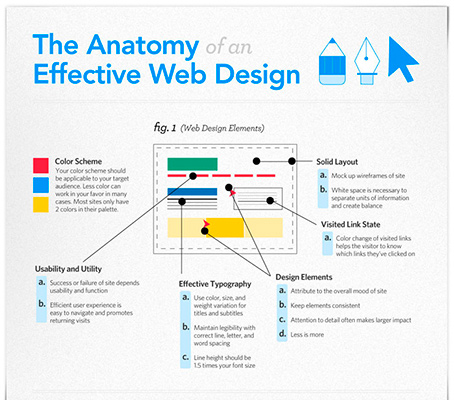Interested In Discovering Just How Web Site Layout Has Transformed Over The Years? Explore The Journey
Interested In Discovering Just How Web Site Layout Has Transformed Over The Years? Explore The Journey
Blog Article
Article By-Johnsen Stender
In the past, web sites were simple and concentrated on details. Navigating was straight, and style was for desktop computers. Now, https://www.google.com/maps/place/Moon+and+Owl+Marketing/@32.9757271,-106.5344695,1840583m/data=!3m1!1e3!4m6!3m5!1s0x864ddeaa4179705b:0x488d41d2cc6b9750!8m2!3d32.9757271!4d-97.5696258!16s%2Fg%2F11b6mpccrg?entry=ttu&g_ep=EgoyMDI1MDIxMS4wIKXMDSoJLDEwMjExNDUzSAFQAw%3D%3D is crucial. Data overviews designs for simple navigation. Responsive layouts fit different devices. Today, dark setting reduces strain, and minimalist food selections enhance navigating. Interactive attributes engage individuals, and strong visuals stand apart. AI assimilation boosts interaction. See how style has advanced to improve your on-line journey.
Very Early Days of Web Design
In the very early days of website design, simplicity reigned supreme. Sites were fundamental, with restricted colors, font styles, and designs. The focus was on offering details rather than fancy visuals. Individuals accessed the net via slow-moving dial-up links, so rate and performance were crucial.
Navigating menus were straightforward, normally located at the top or side of the page. Web sites were designed for desktop computers, as mobile surfing wasn't yet prevalent. Material was king, and designers focused on simple readability over complicated layout aspects.
HTML was the key coding language made use of, and designers needed to work within its restraints. Animations and interactive attributes were very little compared to today's criteria. Websites were static, with little vibrant content or individualized customer experiences.
Increase of User-Focused Design
With the evolution of website layout, a change towards user-focused layout principles has actually come to be significantly noticeable. Today, producing web sites that prioritize individual experience is critical for involving visitors and achieving organization objectives. User-focused style entails understanding the demands, preferences, and behaviors of your target market to customize the web site's design, content, and includes appropriately.
Designers currently conduct comprehensive research study, such as user surveys and usability screening, to gather understandings and feedback directly from users. This data-driven technique assists in creating user-friendly navigation, clear calls-to-action, and visually attractive interfaces that resonate with site visitors. By positioning the customer at the facility of the layout process, internet sites can deliver a much more tailored and satisfying experience.
Receptive style has also become a key element of user-focused style, guaranteeing that sites are enhanced for different gadgets and screen dimensions. This flexibility boosts access and use, catering to the diverse ways users communicate with websites today. Essentially, the surge of user-focused design represents a shift towards developing electronic experiences that focus on the needs and expectations of the end user.
Modern Trends in Web Design
Explore the most up to date trends shaping web design today. One popular trend is dark setting layout, using a streamlined and contemporary appearance while decreasing eye stress in low-light atmospheres. Another essential fad is minimalist navigating, streamlining food selections and improving user experience by focusing on essential elements. Incorporating micro-interactions, such as computer animated switches or scrolling impacts, can create a much more interesting and interactive web site. Responsive design remains essential, guaranteeing seamless customer experiences across numerous tools. In addition, utilizing strong typography and asymmetrical formats can add aesthetic rate of interest and draw attention to particular content.
Integrating AI modern technology, like chatbots for customer support or personalized recommendations, improves individual involvement and streamlines processes. Availability has additionally become a considerable fad, with designers focusing on inclusive design techniques to deal with diverse individual needs. Accepting sustainability by optimizing site efficiency for speed and performance is another arising pattern in website design. Collaborating with user comments and information analytics to iterate and improve design constantly is essential for staying appropriate in the ever-evolving electronic landscape. By accepting these modern-day fads, you can create a visually enticing, user-friendly site that reverberates with your target market.
Final thought
As you reflect on the advancement of website style from the very early days to currently, you can see exactly how user-focused design has ended up being the driving pressure behind contemporary fads.
Accept the trip of change and adjustment in website design, always keeping the user experience at the leading edge.
Remain present with the most recent fads and innovations, and never ever stop evolving your technique to create aesthetically stunning and straightforward internet sites.
Develop, adjust, and produce - the future of website design is in your hands.
